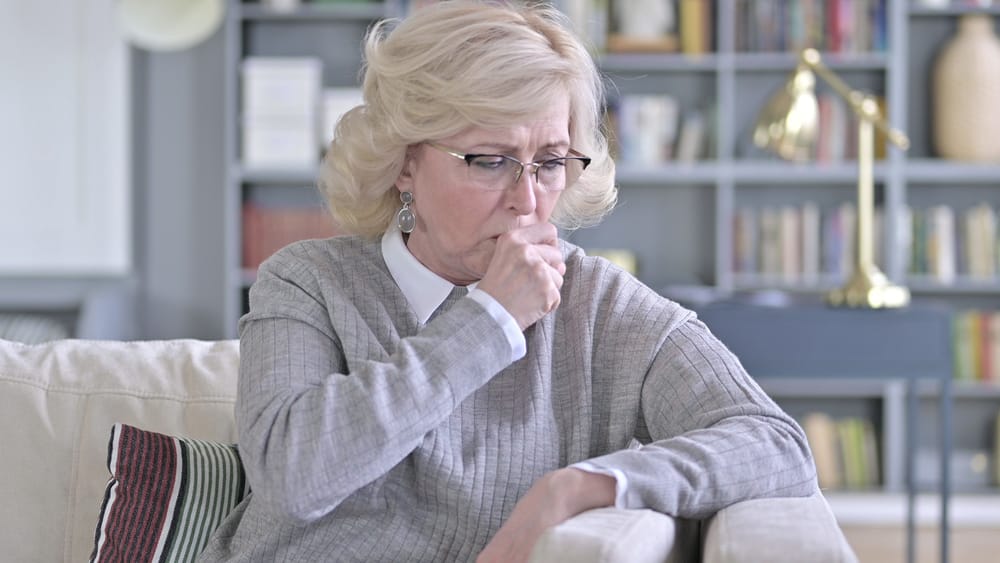What Are Walking Pneumonia Symptoms?
Whether your idea of a great afternoon is tossing tennis balls for a dog to fetch, strolling along the lakeside to watch the birds, hitting the shops, visiting with friends or family, or embarking on some other adventure, being proactive about your health is vital. Walking pneumonia can strike at any time, so learning about this disease, its symptoms, how it’s treated, and how to protect yourself is smart.
What Is Walking Pneumonia?
Pneumonia is a lung infection that can range from mild to severe. Walking pneumonia is a mild case. The idea is that you may be sick, but you are still able to walk around and continue with your normal activities. As the American Lung Association explains, walking pneumonia is technically called atypical pneumonia and can be caused by either a virus or a bacterium. In some cases, even fungal infections may be to blame.
What Are the Symptoms of Walking Pneumonia?
Healthline reports that the symptoms of walking pneumonia may develop slowly one to four weeks after you’ve been exposed. Common walking pneumonia symptoms include the following:
- Sore throat
- Cough that may be productive
- Headache
- Fatigue
- Fever and chills
- Weakness
- Wheezing
- Sneezing or runny nose
- Chest pain
- Abdominal pain
- Appetite loss
- Vomiting
How Is Walking Pneumonia Treated?
If your doctor believes that bacteria is to blame for your walking pneumonia, they may prescribe antibiotics. If not, they may prescribe antiviral medications or suggest over-the-counter medications to help you clear the infection and deal with the symptoms. Rest is important. It’s also wise to drink lots of fluid so that you stay hydrated as your body works to clear the infection. Most people will begin to feel better within three to five days of beginning treatment, but the cough may linger for weeks.
Because walking pneumonia is generally mild, bed rest or hospitalization is normally not required. However, it’s possible for circumstances to worsen. If you begin to feel worse, be sure to reach out to your healthcare team for instructions. Thankfully, most people can recover safely at home.
How Can You Protect Yourself from Walking Pneumonia?
Walking pneumonia is contagious. It’s spread whenever an infected person coughs or sneezes. How can you avoid catching it? The American Lung Association has a few suggestions:
- Ask your doctor if you’re a good candidate for the pneumonia vaccine.
- Get your annual flu vaccine to reduce your risk of developing pneumonia from having the flu.
- Don’t smoke. Try to avoid contact with secondhand smoke.
- Wash your hands frequently. Encourage those around you to do so as well.
- Cover your mouth when you cough or sneeze. Encourage those around you to do so as well.
- Lead a healthy lifestyle. Be active, eat a nutritious diet, and try to get enough quality sleep.
Any infection that impacts your lungs can be unsettling. After all, the ability to breathe is essential. Thankfully, walking pneumonia is normally a mild infection that resolves fairly quickly without the need for serious intervention or hospitalization. Learning to recognize the symptoms and taking steps to protect yourself from the disease can reduce your risks and help you feel safer.
A memory care facility is a great option if your loved one needs more comprehensive care after a dementia diagnosis. If you are looking for a memory care facility in Riverview, Florida, we invite you to tour our community, meet our friendly staff, and see our amenities first hand. Overlooking the Alafia River on twelve beautiful acres, the Crossings at Riverview offers a relaxing atmosphere, and our talented team is committed to cultivating a welcoming and vibrant community. Our goal is to make our community feel like home for all of our residents. To schedule a tour, call 813-671-0222 or contact us online. We look forward to meeting you!

